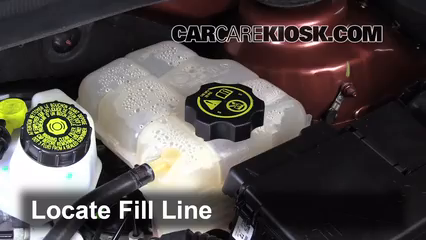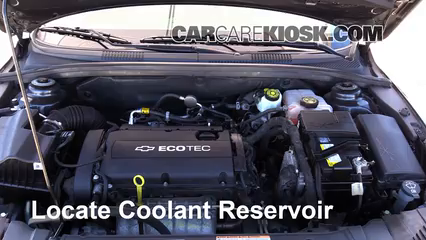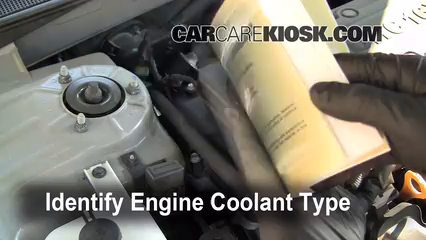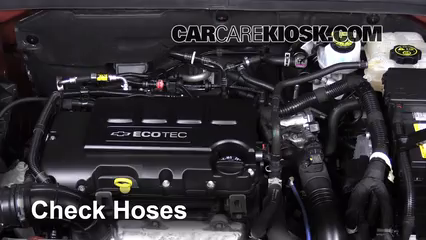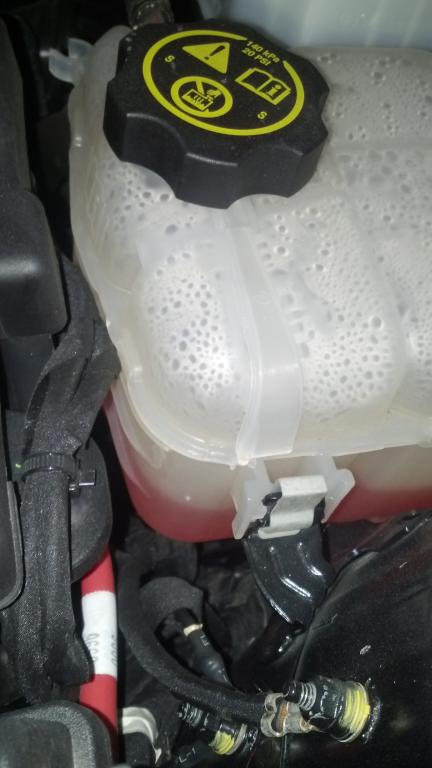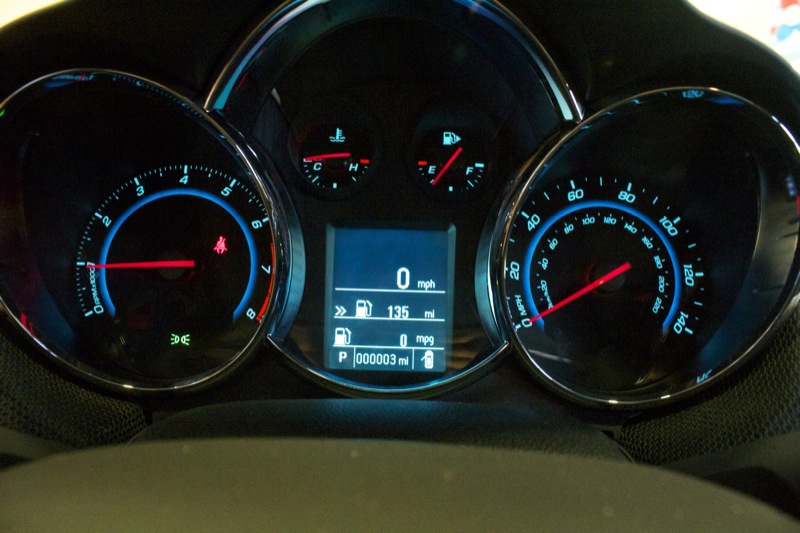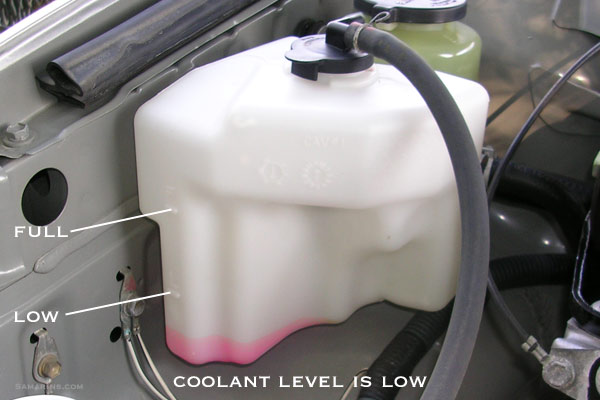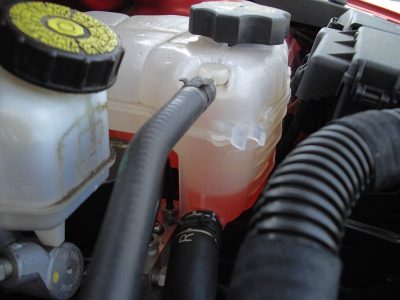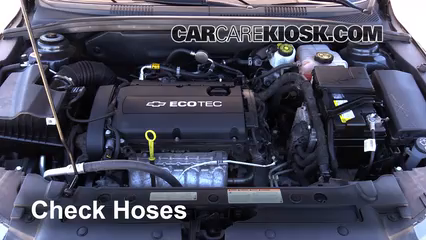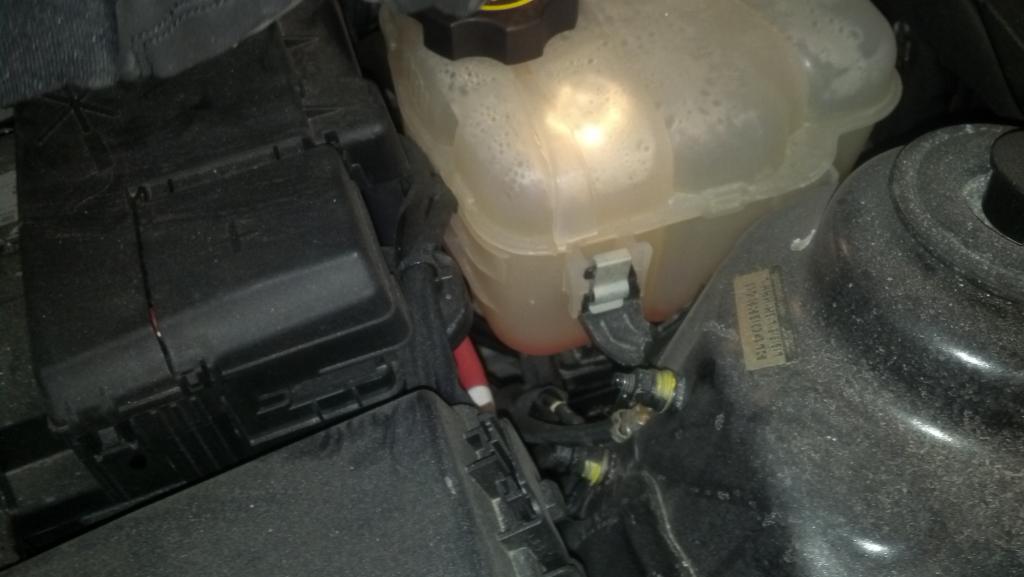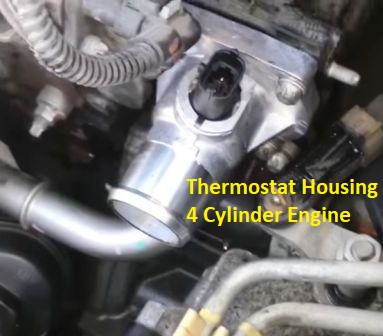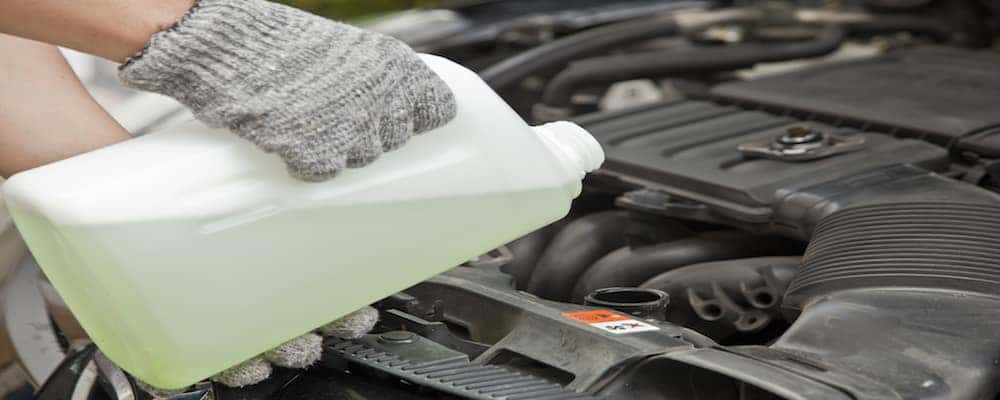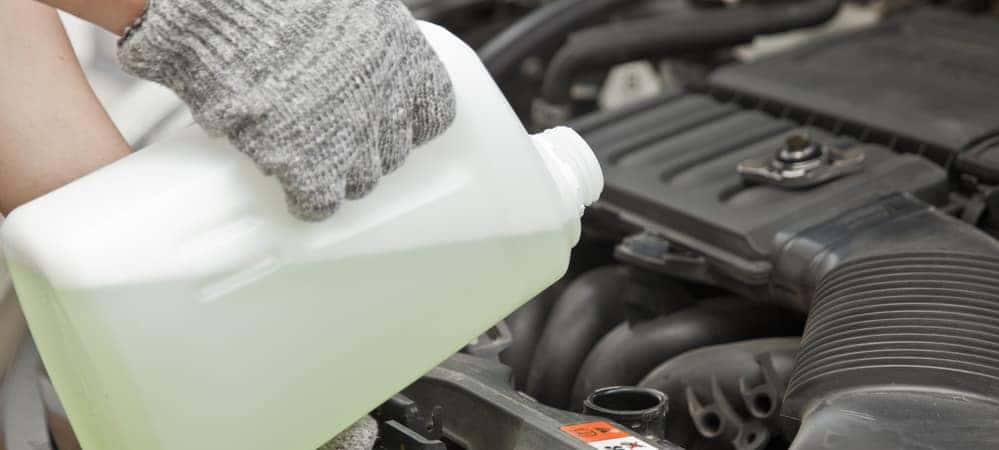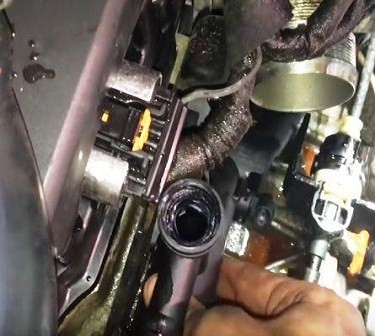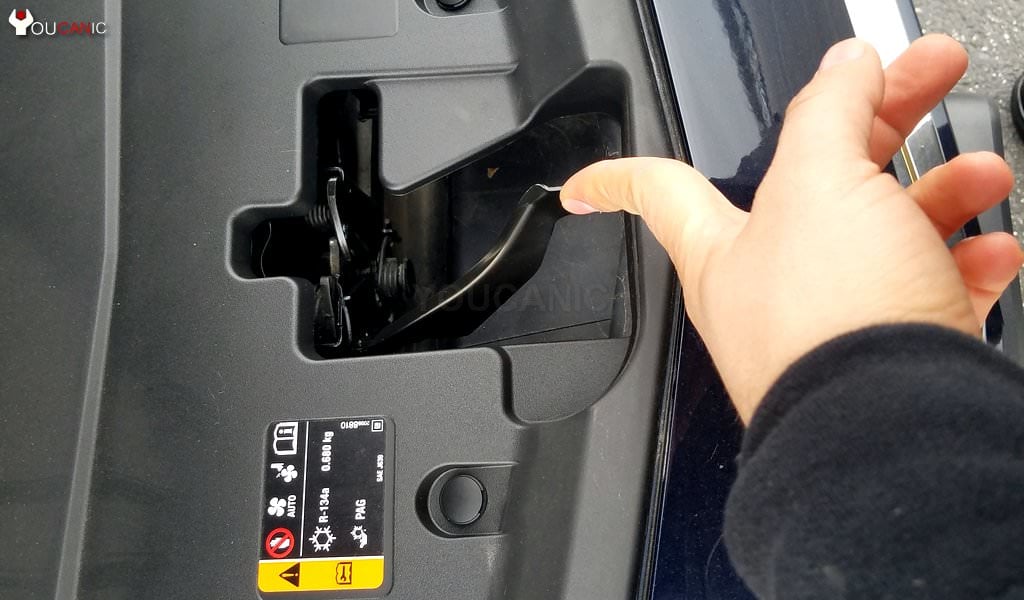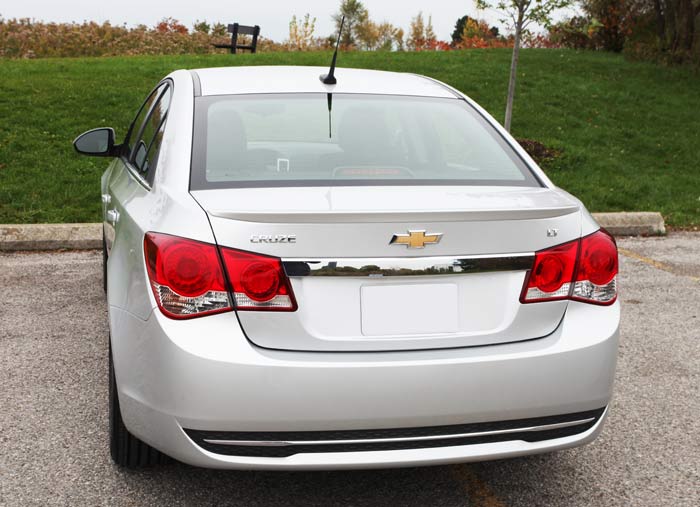How To Check Coolant Level Chevy Cruze

It takes maybe 30 seconds to get coolant dripping back into the tank from the small pressure return line.
How to check coolant level chevy cruze. If it were empty you would have had to add about a gallon and a half. Chevy cruze coolant leak. The 2011 chevy cruze cooling system holds approximately 58 quarts total. Look at the coolant reservoir tank and note the low and high level.
Trying to confirm correct coolant level in reservoir. Replace the pressure cap. Be sure the pressure cap is hand tight. If the level is lower add more of the proper dex cool coolant mixture to the coolant surge tank until the level reaches the indicated level mark.
Chevrolet cruze running out of coolant. The most common engine you find in these automobiles remains the 18 l four cylinder engine dubbed the eco tec. This typically happens through evaporation from the expansion tank. In order to get an accurate reading your 14 liter engine should be cool to the touch when you check it.
Select the original haynes repair manual in print and our famous step by step guidance will help you undertake key maintenance and repair procedures. Only add colant type recommended by chevrolet. Haynes can help you complete this job on your chevrolet cruze the complete guide to repairs service and maintenance for this vehicle is available from haynes in print online and video formats. Check the level in the coolant surge tank when the cooling system has cooled down.
However some of these automobiles came through with the 16l or even the 14 l turbo engine. Add coolant antifreeze. Note the service procedure doesnt say to let the engine warm up just circulate the coolant until it starts dripping back into the tank from the small upper hose. In case of an emergency it is ok to use any color coolant.
Checking the engine coolant also known as antifreeze level in your 2013 chevrolet cruze is pretty easy. Engine coolant circulates through your engine to keep it cool in the summer but wont freeze in the winter. Sounds like your coolant was simply low but not empty. Although a coolant leak from the thermostat housing remains the most common issue.
